Tiangong
Chinese space station

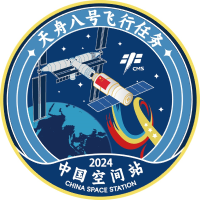
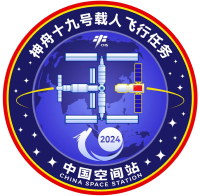



China began building its Tiangong ("Heavenly Palace") space station with the launch of the Tianhe base module on April 29, 2021. The T-shaped structure of the 100-ton space station will consist of three main modules: the main a module called Tianhe ("Heavenly Harmony"), and two experimental modules with a length of 14.4 meters, called Wentian ("Quest for the Heavens") and Mentian ("Dreaming of the Heavens"). The Wentian module launched on July 24, 2022. Mengtian module scheduled to launch in October 2022. Tianhe module serves as a control center and control of the station. The Tianhe module can accommodate three astronauts for up to six months. Manned Shenzhou ("Divine Vessel") ships and Tianzhou ("Heavenly Vessel") freighters dock to the Tianhe module from opposite ends.
The Tianhe module weighs 20 tons, and is located in an orbit with parameters 375 by 385 km km and an orbital inclination of 41.5 degrees.
Tianhe is divided into two large cylindrical sections, the largest of which is 4.2 meters in diameter and the other 3.5 meters in diameter. Its total length is 16.6 meters, and the living volume is about 50 cubic meters. The Tianhe module also has a cylindrical section with a diameter of 2.8 meters with five docking nodes, to which new experimental modules dock. In total, the Tianhe module has five docking ports.
The Tianhe and Wentiang modules are equipped with robotic arms, and the Mentiang module has an air lock for maintenance of experiments installed outside the station. Wentiang and Mentiang modules weigh about 20 tons, 14.4 meters long and 4.2 meters in diameter. The total living area of the three initial modules will be 110 cubic meters.
The Wentiang module will be equipped with additional control systems that can be used in the event of a problems in the Tianhe module. In total, the main module and two experimental modules will have sixteen experimental racks. The experiment racks will be about 1.8 meters high, 1 meter wide and 0.9 meters deep, and weigh about 500 kg.
To create a space station, China followed a three-step strategy: first, they built crewed Shenzhou spacecraft, then Tiangong-1 and -2 mini space stations, and then a multi-module station. Building CSS was officially approved in 2010. Although the Chinese heavy-lift missile failed at launch in 2017, delaying Tianhe's launch by more than a year. The construction of the space station should to be completed in 2022.
In 2023, the Hubble-sized Xuntian Telescope is slated to operate in the same orbit. several hundred kilometers from the station and periodically dock at the station for maintenance. Telescope Xuntian has a mirror with a diameter of two meters. China's sky telescope will have a field of view 300 times larger than that of Hubble, and will be used for a wide range of scientific research in the near ultraviolet and optical wavelengths.
The group of cosmonauts who are preparing for flights to the space station includes:
Nie Haisheng (participated in missions Shenzhou-6 и Shenzhou-10), Zhai Zhigang, Дэн Цинмин, Liu Boming (Shenzhou-7), Liu Wang (Shenzhou-9), Zhang Xiaoguang (Shenzhou-10), Chen Dong (Shenzhou-11), Liu Yang (Shenzhou-9), Wang Yaping (Shenzhou-10), Ye Guangfu, Zhang Lu, Tang Hongbo и Cai Xuzhe.
As part of space cooperation between China and several countries, nine experiments were selected for carried out aboard the Tiangong space station. The experiment selection process was organized by the Office United Nations Organization for Outer Space Affairs (UNOOSA).
As part of astronomical experiments, gamma-ray bursts will be studied (Switzerland, Poland, Germany and China) and spectroscopic studies of gas nebulae (India and Russia) have been carried out. Experiments in the field microgravity fluid and combustion physics will investigate the behavior of partially miscible fluids in microgravity conditions (India and Belgium), will use highly efficient two-phase microgranular cooling systems for space applications (Italy and Kenya), as well as those caused by: vortices and acoustic waves influenced flame instability (China and Japan). In the framework of experiments in the field of space science and technology, tumors in space will be studied (Norway, France, Netherlands and Belgium), as well as the effect of microgravity on the growth and production of biofilms of pathogenic bacteria (Peru and Spain).
China intends to work with international partners. This is especially true for Russia. This is a proposal, is likely to tempt Moscow as the International Space Station (ISS) draws to a close and relations between Russia and its Western partners are getting worse. This would be a new direction for the Russian space program. China also hopes to work on this project with many other countries. This should democratize access to space for small countries.
Chronology of manned flights to Tianhe (Tiangong) and the station's crews.
|
2021 |
|
|
2022 |
|
|
2023 |
|
|
2024 |
|
|
2025 |
|
|
2026 |
|
| Flights to Tiangong Station | Astronauts at Tiangong Station | Number of Astronauts at Tiangong Station | |
|---|---|---|---|
|
2021 | Shenzhou-12: | Nie Haisheng, Liu Boming, Tang Hongbo. | Cnina - 6 Total- 6 |
| Shenzhou-13: | Zhai Zhigang, Wang Yaping, Ye Guangfu. | ||
|
2022 | Shenzhou-14: | Chen Dong, Liu Yang, Cai Xuzhe. | Cnina - 12 Total- 12 |
| Shenzhou-15: | Fei Junlong, Deng Qingming, Zhang Lu. | ||
|
2023 | Shenzhou-16: | Jing Haipeng, Zhu Yangzhu, Gui Haichao. | Cnina - 17 Total- 17 |
| Shenzhou-17: | Tang Hongbo (2nd flight to CSS), Tang Shengjie, Jiang Xinlin. | ||
|
2024 | Shenzhou-18: | Ye Guangfu (2nd flight to CSS), Li Cong, Li Guangsu. | Cnina - 21 Total- 21 |
| Shenzhou-19: | Cai Xuzhe (2nd flight to CSS), Song Lingdong, Wang Haoze. | ||
|
2025 | Shenzhou-20: | Chen Dong (2nd flight to CSS), Chen Zhongrui, Wang Jie. | Cnina - 25 Total- 25 |
| Shenzhou-21: | Zhang Lu (2nd flight to CSS), Wu Fei, Zhang Hongzhang. |
CSS crews.
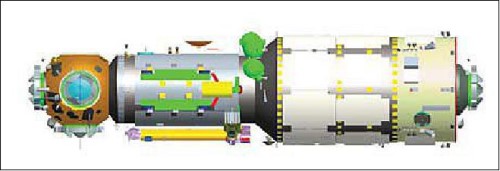
Tianhe module.
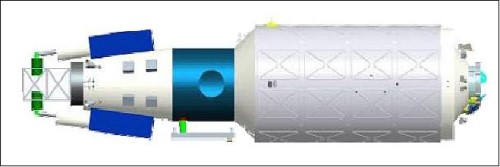
Wentian module.

Tianhe core module.

Tianzhou cargo ship.
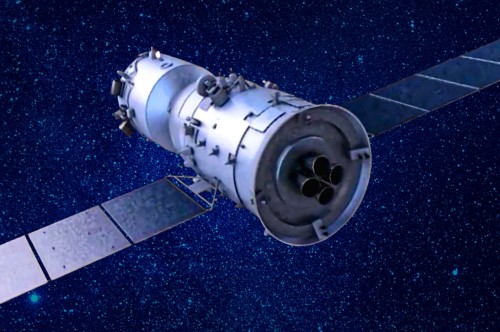
Shenzhou crewed ship.
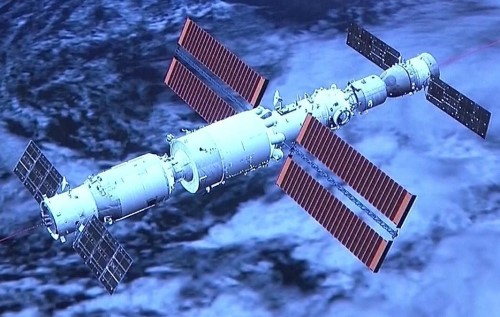
Tianzhou cargo ship, Tianhe core module and Shenzhou crewed ship.
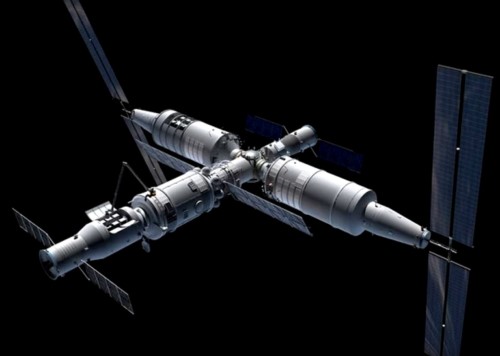
Chinese space station.

Chinese space station.
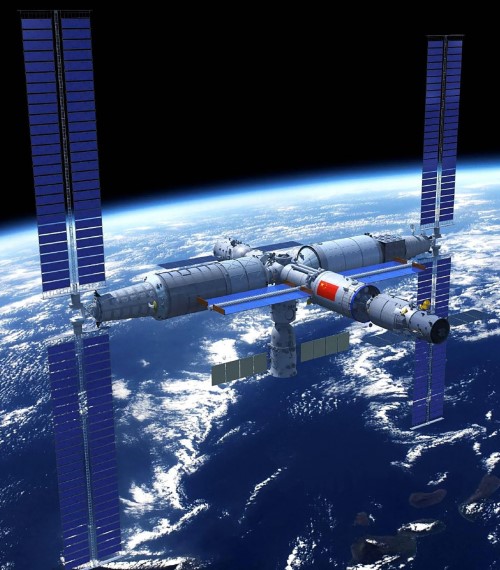
Chinese space station.
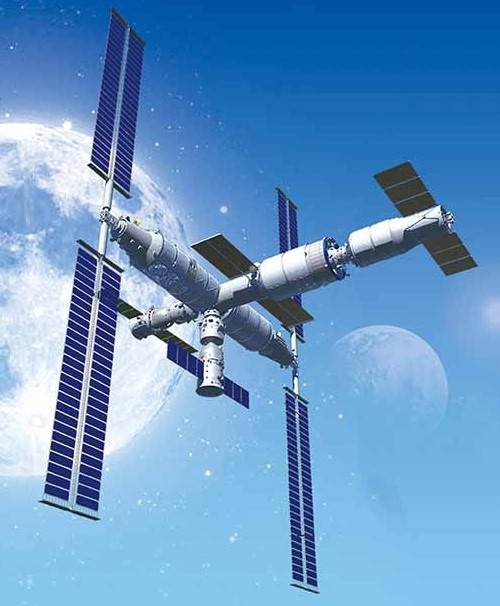
Chinese space station.